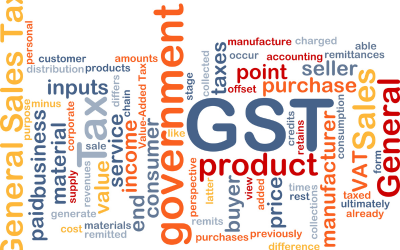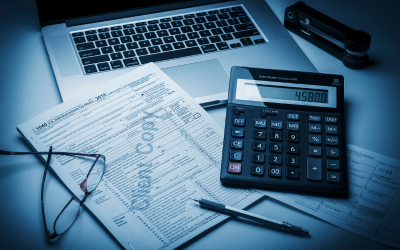GST
Welcome to HNTS and thank you for considering our GST. We are dedicated to providingtop-tier education that equips individuals with the knowledge, skills, and practical experience required to excel in the ever-evolving field of GST. This extensive educational course is designed to provide learners with a thoroughunderstanding of Goods and Services Tax (GST), one of the most important tax reformsin India. The course covers GST concepts, processes, and compliance, providing practical insights into how businesses can implement and manage GST. By mastering GST, students will be equipped to handle tax calculations, returns filing, and GST-relatedreporting with ease.
English
Last updated
Sat, 26-Apr-2025










